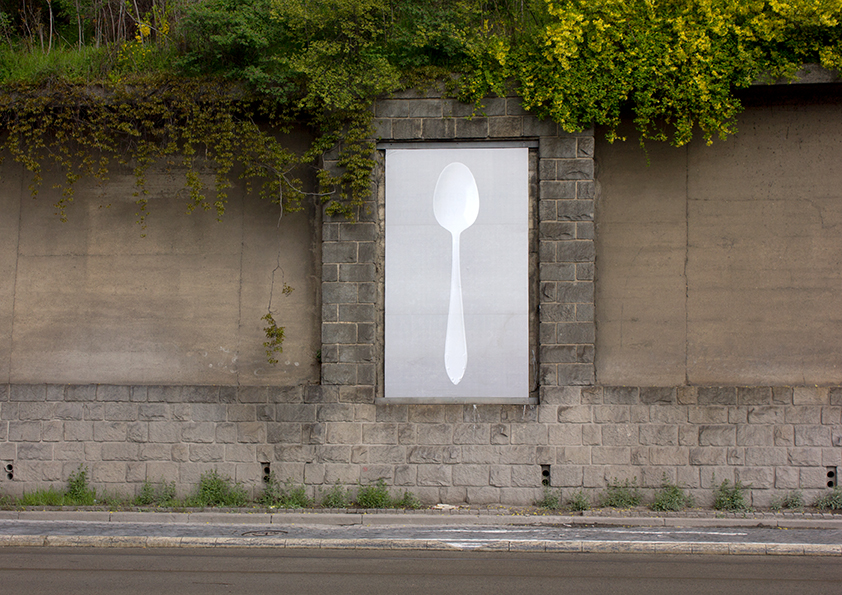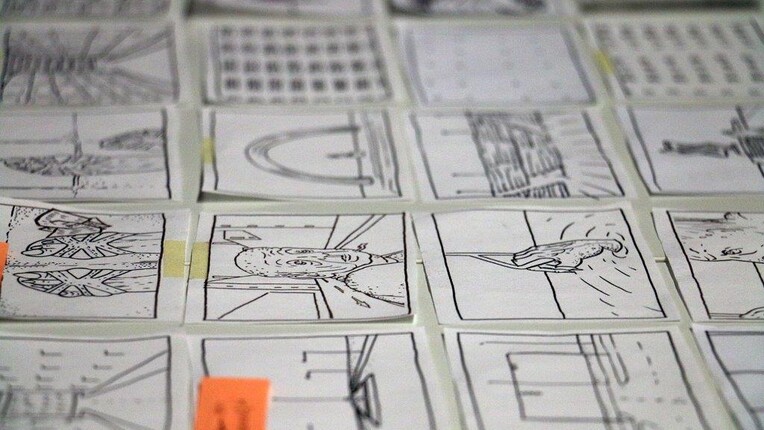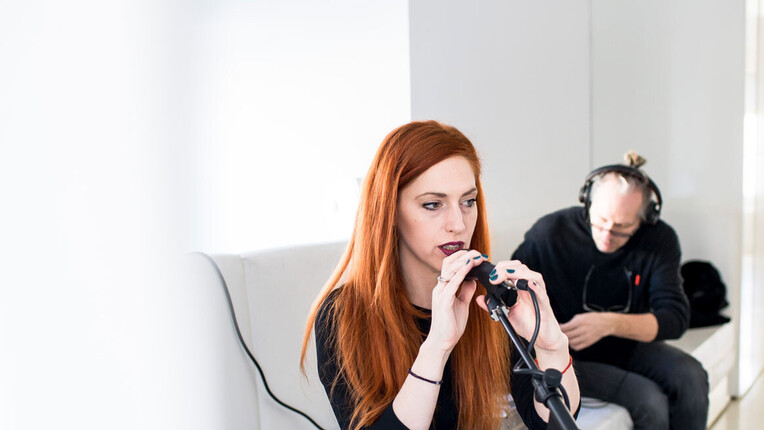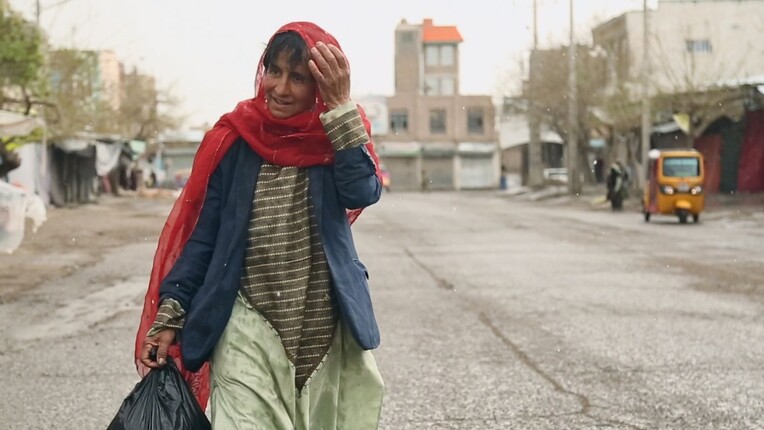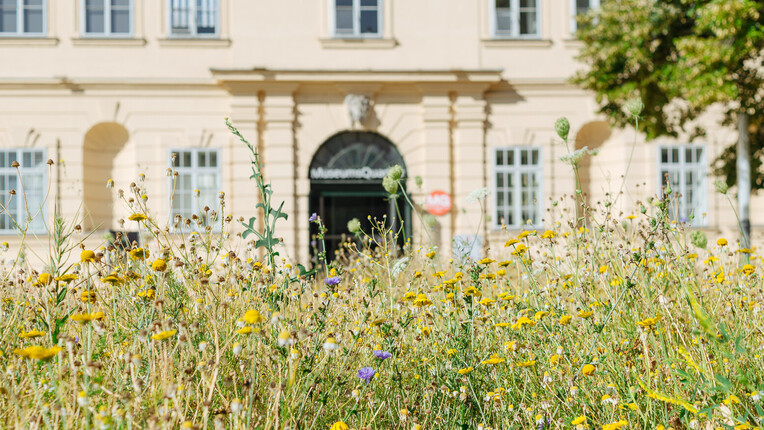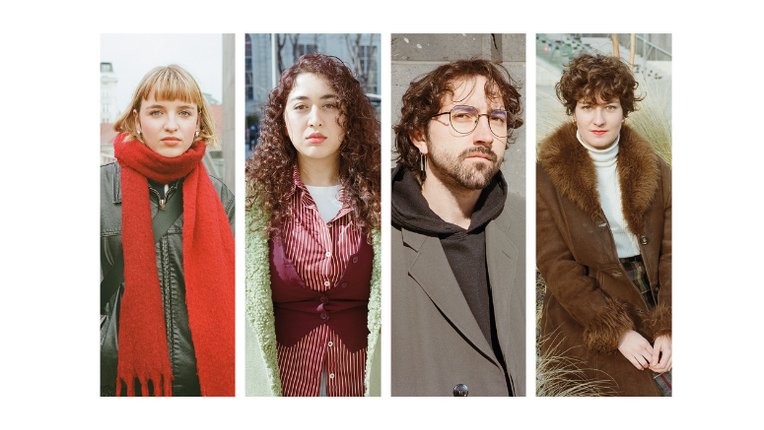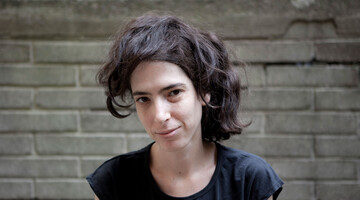
Alma Lily Rayner: It feels like I have to do art in order to breathe
Artist-in-Residence Alma Lily Rayner shares insights into her works.
Alma Lily Rayner was born in 1984 in Tel-Aviv, Israel and today lives in Prague in the Czech Republic as a multidisciplinary artis. Her works are highly autobiographical and cover socio-political issues linked to gender and trauma.
Currently she is living as Q21 Artist-in-Residence at the MuseumsQuartier Wien, following the invitation from tranzit.org/ERSTE Stiftung. She is a finalist in the “Jindrich Chalupecky Award 2019”, which will be awarded next year.
In the interview Alma talks about political art, power dynamics and the art bubble.
Ann Cathrin Frank: One recurring topic in many of your artworks is "abuse" in various forms. Why do you choose abuse?
Alma Lily Rayner: I wouldn’t call it abuse, I would say that I speak about power dynamics in society and their expressions through violence as well as other forms. Abuse is only one very concrete form within the structures I am trying to criticise. I am interested in feministic perceptions related to how we can change the existing structures by using art and conversation.
And of course, abuse is also a personal topic for me, as I am someone who grew up in Israel, which is an oppressive country in a state of constant war. And I was abused myself by my own family.
While talking about power structurs, you consider yourself as a feminist. What is your definition of feminisim and what are the most important tasks of feminists nowadays?
There are many ways to look at feminism, but for me, first and foremost, it is a way of critically thinking and challenging dominating discourses by examining relations, shaped by power structures. Whether if it is a personal relationship, a relationship between a person and a state, or if it is a relationship between us as humans and the planet. Additionally, you can speak about a feminist movement and a feminist tradition of sharing, feeling, caring and living. I think that all these elements are important nowadays.
You display some of these structures in your art. Do you think that art is a better way to talk about issues that might still be taboo or topics that society does not really want to bring up?
Yes, I think that art has a few advantages since creating art is creating space for communication. And within this space, emotions are shared, which is a crucial part in breaking taboos. Feeling and talking, I mean, because taboos are maintained through silences.
Art gives you a chance to experience something that, for example, is harder to achieve through sociological research or statistics. Art is also not limited to verbal communication. It brings you closer to what is under the surface and invites you to actively participate in it.
Of course, it is not the only way to go about it, but it is the way that comes most naturally to me.
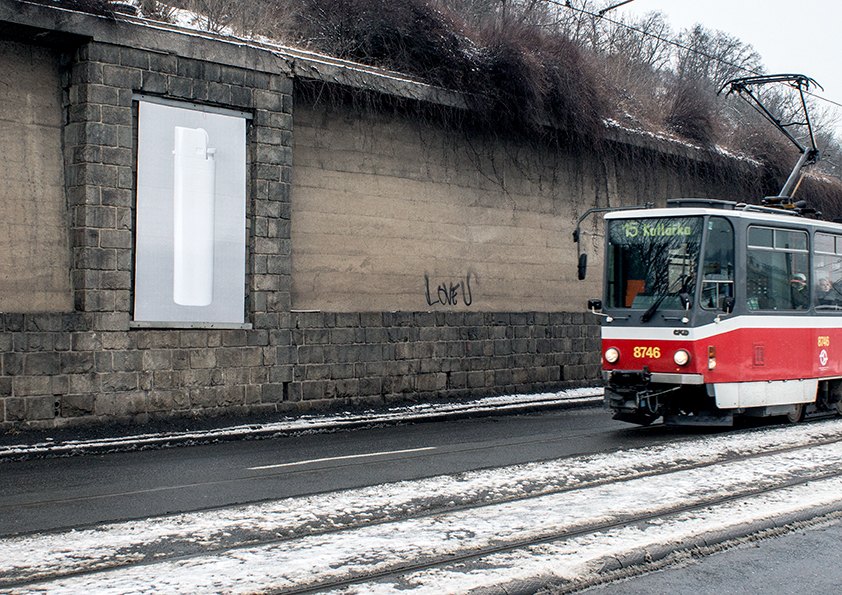
Picture from the exhibition "Things my father put inside my vagina" - a series of digital prints of 3D models based on real-life objects, 2017.
©Alma Lily Rayner
On previous discussions with you I read, that many people, who have been harrassed or abused do not dare to "come out", because they often get victimized and stigmatized. Is art a more sensitive way of "coming out" in order to prevent stigmatization and victimization?
Well, I see people who have experienced violence as survivors, not as victims, and victimization starts here, in the language we use. And I am glad that there are more and more platforms for “coming out” as survivors and connecting between survivors, such as the #MeToo campaign. But sometimes these types of platforms don’t enable a deeper, wider, socio-political discussion. Especially on social media, topics also change fast, while art projects can last for longer periods. I guess this is one of the advantages of art, but “coming out” publicly is always hard.
My experience was complicated, wouldn't recommend it but don’t regret it. On the one hand, it enabled me to feel freer than before as I didn’t have to hide my past from friends and colleges. On the other hand, I had to deal with it constantly and most people are not very sensitive, at least not in Prague. I was attacked online, I had newspaper reporters asking me invasive questions, even people on the street. It was very overwhelming and exhausting. But if you can manage it – and I did to a certain level – you don’t have to “come-out” ever again.
Would you say that creating art about these topics is a rather urgent need for you, or are you inspired by something?
I see making art as a political act. Some artists ignore the political meaning of doing something at a certain place at a certain time, and on a certain subject, but the meaning is always there. For me, making art comes from a very strong urge to talk about something. It feels like I have to do in order to breathe.
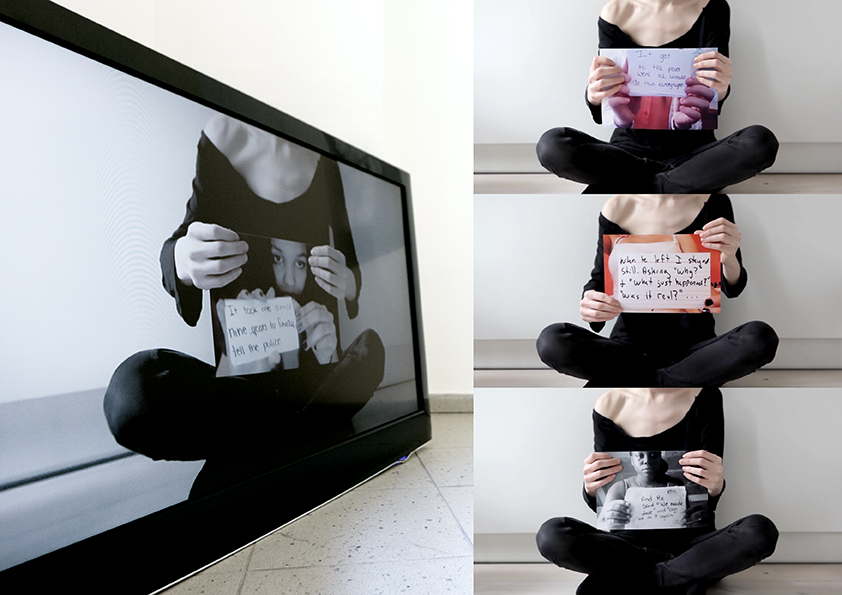
Still from the video performance project "Would you like a cookie?". A collective testimony of 11 young women, 2016.
©Alma Lily Rayner
You use a lot of various art forms as installations, videos and photo montage... Can some things only be expressed by a specific kind of art?
Yes, that is right. When I am working on a project, first of all I have this urge to communicate something and then I think about the form of communication best suited for it. Sometimes a video works better, sometimes an installation, because all of these forms speak different languages. I like playing around with forms. I need this excitement of trying new things and learning new languages.
You were living in Tel Aviv in Israel and moved to Pragues in the Czech Republic. Do people react differently towards your art in these two cities?
Throughout my so called professional career I have lived in Prague. I moved there when I was 19 years old. But I see the differences when I work in the Czech Republic and elsewhere. In the Czech Republic, even feminism is still considered a bad word, a bit of a taboo I would say. It is changing though, getting better. Not for the whole country, but at least within the art bubble.
Is it really a bubble that the artists live in?
It is a bubble, for sure. In the Czech Republic the main bubbles are concentrated in Prague and Brno, but there are also smaller bubbles in other cities. This can be very depressing, because only people connected to these bubbles visit exhibitions, and then you ask yourself – why am I doing it and for whom? It is difficult to get people from outside interested in art projects. I think a good way to solve this issue is to do more public projects in public spaces. If people do not want to come to exhibitions, you have to bring the exhibition to them.
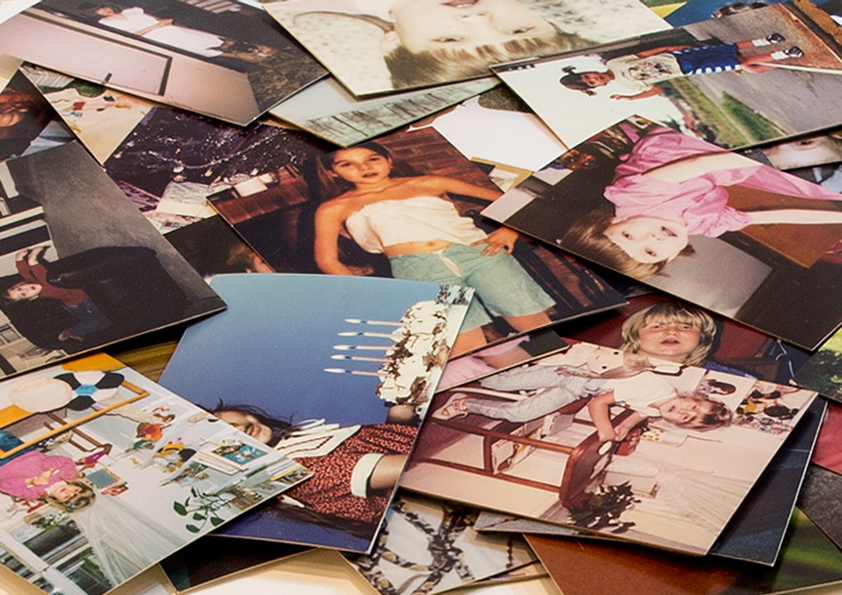
Pictures from "OUTSID(H)ER", 2009-2015. A project to show, that children are not only abused behind closed doors, but also in public cyberspaces, exposed for the whole world.
©Alma Lily Rayner
Does travelling around and living in different residencies benefit your art work?
It definitely does. In the past, I wasn’t able to travel much, but I feel that travelling, meeting new people, experiencing different modes of art making, it all helps in getting out from your own bubble. Being in Vienna is great for me. I didn’t make much progress on my own project, but it really tickled my brain and I will take a lot with me.
Do you already have an idea for your next project?
I do, but right now I’m at that stage at the beginning, when it’s hard for me to talk about it, because I’m still formulating it.
Thank you for the interview.
Interview: Ann Cathrin Frank

